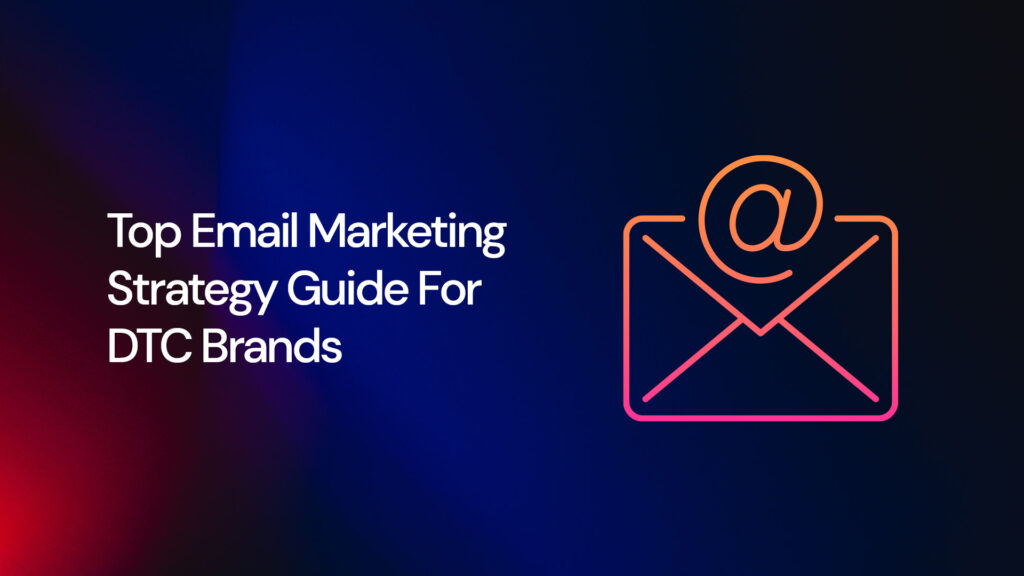Email marketing is one of the most powerful marketing tools available today.
With the right email marketing strategy, you can create powerful, personalized email campaigns to help you reach your target market.
In this blog post, we’ll guide you through the top email marketing strategy for DTC in 2023.
We’ll cover everything from personalization to hyper-segmentation to automated workflows.
By the end of this post, you’ll have a comprehensive email marketing strategy that you can use to reach your target market for your DTC brand.
1. Personalization
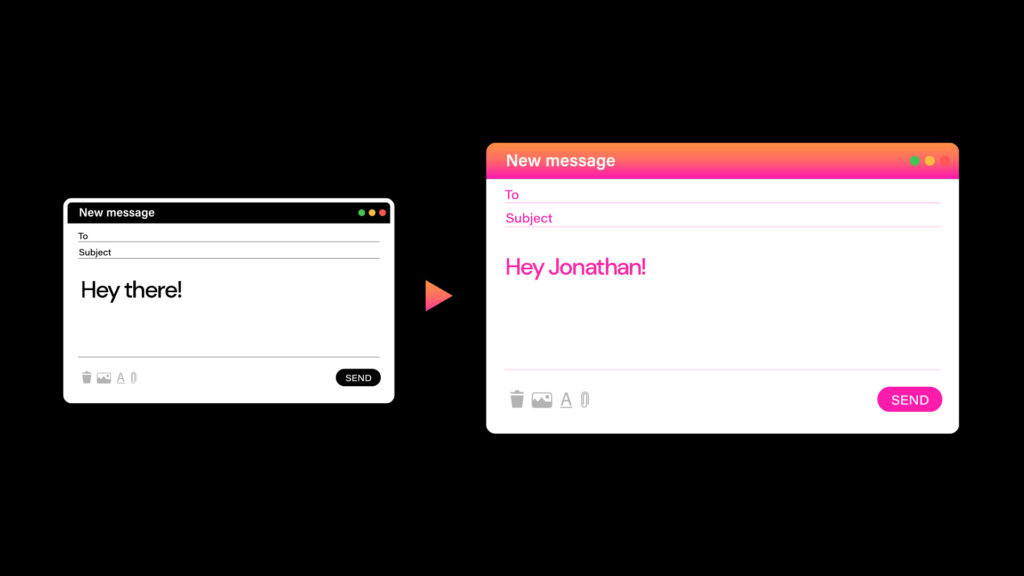
First, Why Is Personalization So Important?
Email marketing is all about building relationships with your customers.
Personalization is one of the most important aspects of an email marketing strategy because connecting with your audience personally helps build trust and rapport, leading to higher conversion rates and more customers.
This makes it easier for them to understand what you’re trying to say and makes them more likely to take action (such as buying a product).
Second, How Do You Personalize Your Emails?
There are a variety of ways that you can do this, including using keywords and phrases in your email addresses, adding images or videos, and including customer testimonials or reviews.
By using this email marketing strategy, you’re able to create highly personalized messages that are specifically tailored to each individual’s needs.
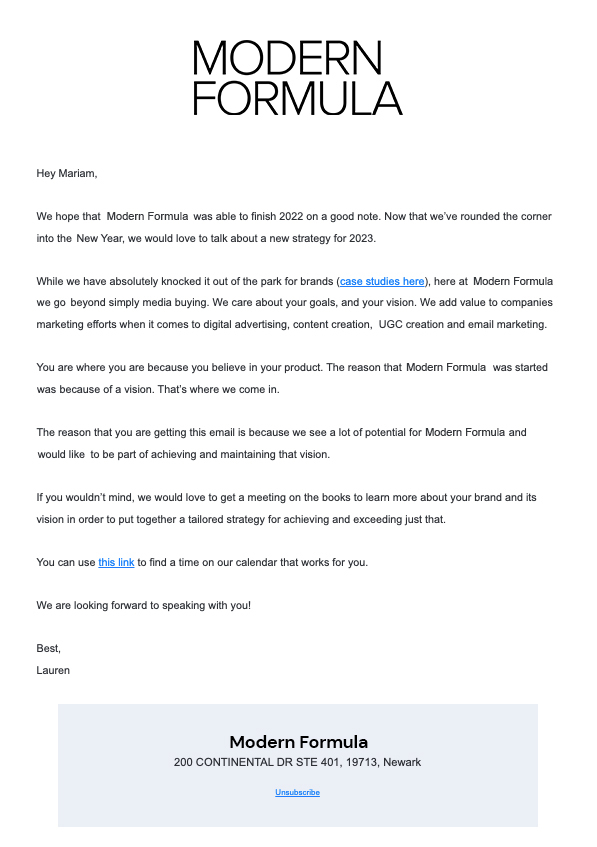
Third, What Are The Benefits Of A Personalized Email Marketing Strategy?
Personalized email campaigns have been shown time and time again to be far more effective than standard campaigns.
Statistics have shown that personalized campaigns can increase conversion rates by up to 60%.
Why is this such a big deal?
It’s because personalized messages are more likely to resonate with an individual – they feel like they know the sender well enough to trust what they’re saying.
This builds trust and leads to higher conversion rates (and, therefore, sales). Finally, there are several different ways that you can personalize your emails.
There’s no limit as long as it’s respectful of the recipient’s privacy settings!
So whether you want to use keywords or phrases in your addresses or include customer testimonials or reviews – there’s no wrong way to go about it!
The Best Ways To Personalize Email Messages For Increased Open Rate
Personalization is an effective email marketing strategy, and there are various ways to do it.
- Personalize your emails by using Behavioral Data
This data comes from how customers interact with your website – for example, what pages they visit, what they buy, or how long they spend on your site.
By understanding customer behavior, you can better target your emails and messages to them.
- Personalize your email messages by segmenting your email list
Segmenting your email list based on specific criteria such as geography or interests allows you to send tailored messages directly to the people who need them the most.
Not only will personalized emails increase open rates and click-through rates, but they’ll also help you build stronger relationships with your customers – something that’s essential for driving conversions.
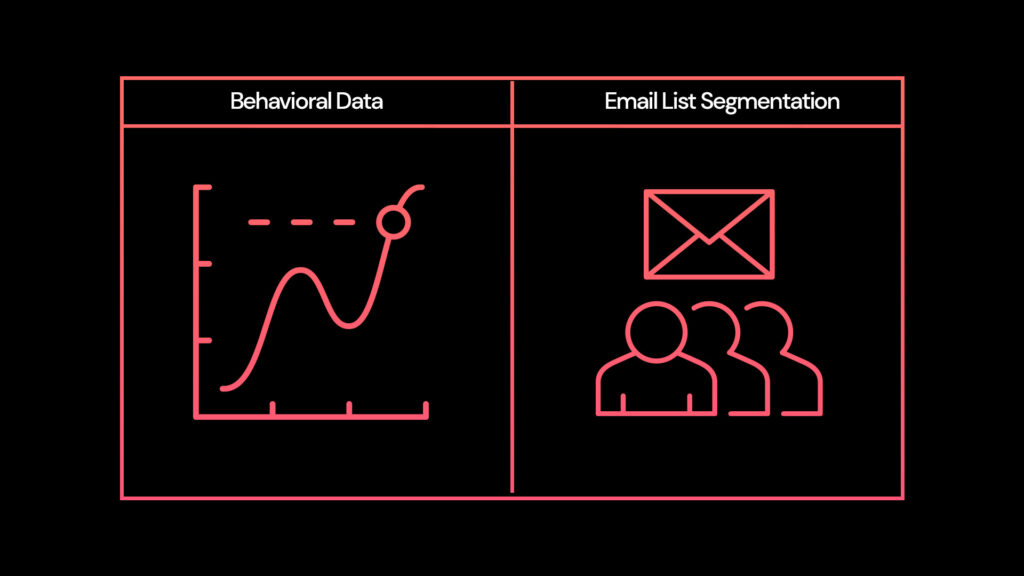
If you still need to personalize your email messages, now is the time to start!
There are plenty of resources available online that will teach you everything you need to know about email marketing.
Personalization techniques vary depending on the product or service that you’re selling – so don’t be afraid to experiment a little until you find something that works well for you and your business.
2. Hyper-Segmentation
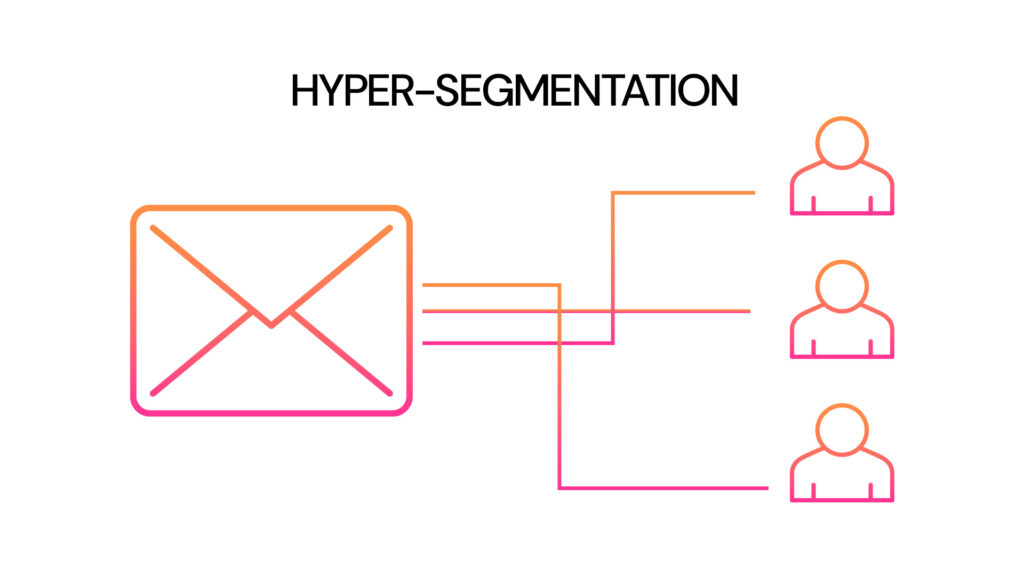
Hyper-segmentation is an email marketing strategy that divides a larger market into smaller, more targeted groups.
This is important for DTC eCommerce stores because it allows them to understand better and target their audience.
A hyper-segmentation strategy can be implemented using customer data to create segments and marketing campaigns and messages to target each segment.
Some benefits of hyper-segmentation include improved customer engagement, increased sales, and improved ROI.
3. Automated Workflows
Concentrating on your email marketing strategy is one of the most effective ways to reach your target audience and drive leads through your business.
However, it can be a time-consuming task to create individual email campaigns manually.
That’s where automated email marketing comes in!
This email marketing strategy can help you create powerful and automated email campaigns that will help you reach your target market quickly and easily.
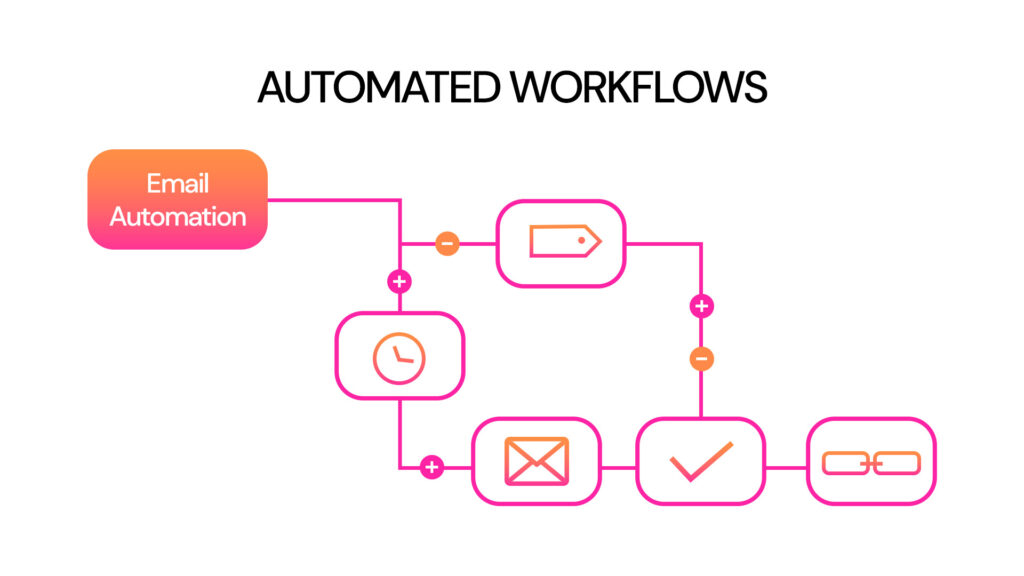
There are three primary types of automated email marketing workflows: lead gen, contact gen, and nurturing.
Each type has its benefits and drawbacks, so it’s important to choose the right one for your business.
Let’s dive into each detail of the five must-have email flows that can elevate your DTC brand’s outreach.
Lead Generation Workflow: Welcoming With Purpose
With this type of workflow, you set up an automated process that sends out emails once or every other day with new leads entered into your system.
This allows you to quickly capture leads and enter them into your database for follow-up later on down the road.
The main downside to this type of workflow is that it can be time-consuming to set up – especially if you have many leads waiting to be processed.
1. Welcome Series
The Welcome Series isn’t just a greeting; it’s your lead-generating foundation.
Through these emails, you initiate a powerful connection with new subscribers, sowing the seeds for future interactions.
A strategic start for your email marketing strategy.
Contact Generation Workflow: Bridging Connections
With this type of workflow, you set up an automated process that sends out emails once or every other week with new contacts entered into your system.
This allows you to keep track of who is contacting your business and who might be interested in hearing more about what you have to offer.
The main downside is that this type of automation doesn’t allow for much customization – meaning that the content inside the emails may not be very relevant or useful for your target market.
2. Browse Abandonment
Generating contacts while reigniting curiosity is the core of the Browse Abandonment workflow.
Crafted for visitors who explored but didn’t purchase, it’s a tactical way to gather valuable contacts for future engagement.
3. Abandoned Cart
Within the spectrum of contact generation, the Abandoned Cart workflow takes the lead.
It rescues transactions that momentarily slipped through the cracks.
As customers leave items behind, these emails spring into action, recapturing their focus and essential contact details.
It’s the art of re-engagement that fuels your email marketing strategy.
4. Customer Winback
Lost contacts don’t have to stay lost.
The Customer Winback workflow rekindles connections with lapsed customers, collecting contacts while reestablishing brand affinity.
Designed to revive lapsed customers, these emails are geared towards reigniting brand interest and recovering contact connections.
Nurturing Workflow: Fostering Loyalty
With this type of workflow, you set up an automated process that sends out emails once or twice per month with updates on how things are going with current customers or clients who have been inactive for a certain period (i.e., six months).
This allows you to keep tabs on how people are using your product/service and makes sure they’re aware of the situation.
The main downside is that nurturing emails can become repetitive – meaning they may not hold people’s attention as well as they could if they were more creative or unique.
5. Post Purchase
From order confirmations to tailored recommendations, these emails are the threads weaving customer loyalty.
These emails provide confirmations, updates, and personalized recommendations, solidifying connections beyond the initial transaction.
It’s a strategy that transforms buyers into loyal, engaged brand advocates.
The essence of your email marketing strategy, nurturing bonds that span beyond sales.
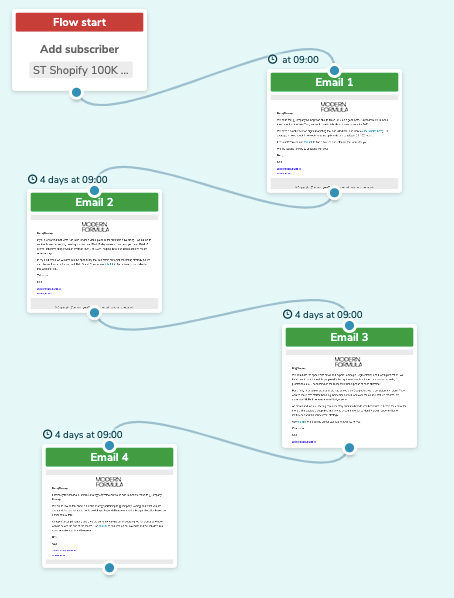
How To Automate Your Email Marketing Workflow
While email marketing is one of the most effective ways to reach your target audience and drive conversions, it can be time-consuming and tedious to manage an email marketing campaign on your own.
That’s where automation comes in!
By using a tool like Klayvio, you can streamline your email marketing workflow and make it easier for you to reach your target audience.
Klaviyo is an intelligent marketing automation platform that gives online businesses direct ownership of their consumer data and interactions, empowering them to turn transactions with customers into long-term relationships—at scale.
It helps businesses combine customer data with more than 300 native integrations to automate personalized email and SMS communications that make customers feel seen.
Our partnership with Klayvio allowed us to deliver personalized campaigns, drive conversions, and build stronger customer relationships through Email and SMS marketing campaigns.
Most of our DTC E-commerce clients use it and we highly recommend you to use it to strengthen your email marketing.
Here Are Some Of The Benefits Of Automation:
- You can save time by automating your email marketing campaign.
- You can keep your email campaigns consistent and organized.
- You can increase the chances that people will open and respond to your emails.
- You can measure the success of your campaigns in a variety of ways, including through clickthrough rates and conversion rates.
To get started with automated email marketing, you first need to set up a workflow that works for you.
This might involve setting up different queues for different stages of your campaign (e.g., pre-send, send, post-send), creating templates or designs for each stage, or creating custom landing pages for each campaign ad targeting a specific audience segment (e.g., customers who have recently bought from you).
After setting up your workflow, it’s important to include appropriate content in your emails – this will help people understand what’s happening and why they should open and respond to your emails.
Finally, measure the success of each automated email marketing campaign by tracking key metrics like clickthrough rates and conversion rates.
With this information, you’ll be able to improve your email marketing strategy as needed!
Bottom Line
These are just a few ways email marketing can help you power up your marketing efforts.
Email marketing is a powerful tool that can be used to reach your target market, build relationships with your customers, and drive sales.
By following the email marketing strategy outlined in this blog post, you can create effective email marketing campaigns that will help you achieve your business goals.
Let’s make sure email becomes a large part of your revenue. You can check out our email marketing process and see what’s included in our email marketing campaigns!
